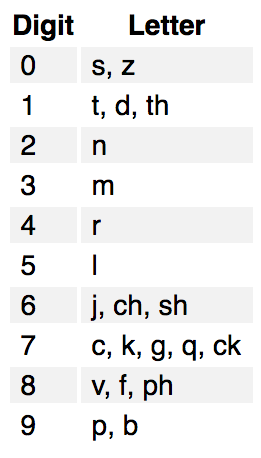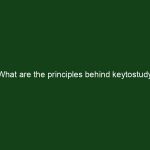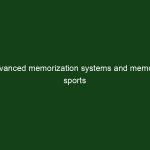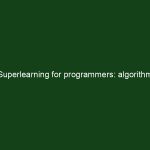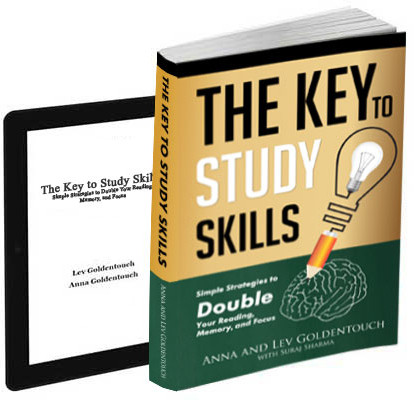The mnemonic major system is quite ancient. In its most pure form, each number is a letter and letters form words that can be easily remembered. Ancient alphabets and new champions When we consider the Hebrew alphabet, each letter is a number, and Kabbalah is using this to achieve miraculous deeds. In Hindu there is …
KeyToStudy Offers:
Memory, Speedreading, and Analysis
KeyToStudy Overview:
Memory, Speedreading, and Analysis
ProlificFocus Overview:
Productivity, Motivation, and Projects
ProlificFocus Offers:
Productivity, Motivation, and Projects
Superlearning for languages and definitions: etymology method
Very often I ask students to understand the meaning of what they are trying to learn and use very accurate markers. I want to demonstrate it on etymology. Take for example this real conversation: EY: I can create images to the words in the dictionary (some easier than others), but my main problem is that …
Continue reading “Superlearning for languages and definitions: etymology method”
What are the principles behind keytostudy methodology?
With recent success of our “Become a superlearner” Udemy class and book with the same name, I am often reminding myself our humble beginnings and principles that became key to our methodology. The keytostudy methodology was built as a result of many years of research by Anna Goldentouch and myself. The methodology is built upon …
Continue reading “What are the principles behind keytostudy methodology?”
Advanced memorization systems and memory sports
Superlearning or speedreading are hard to measure and monitor. Memory is easily measurable, and therefore memorization skills are a sport. The best thing about sports is our ability to learn which methods work better than others to remember a huge amount of information. Moreover, as sport develops, the methods become increasingly elaborate. Memory palace/loci. This …
Continue reading “Advanced memorization systems and memory sports”
Superlearning for programmers: algorithm development
My first job was database administrator. My second job was an RF engineer. My third job (back in 1999) was under title “algorithm developer”, and that was the first job I really loved. Since then I have been algorithm developer/CTO on and off, dealing with computer vision, image procession, machine learning, financial mathematics, semantic processing, …
Continue reading “Superlearning for programmers: algorithm development”
Superlearner story: All of you are heros
Being a hero is not about success, it is about not giving up when facing difficulties. Half of the people taking this Superlearner course have been diagnosed with ADHD, OCD, dyslexia, or any other tag that society uses for people that are different. The superlearner students come from more than 100 countries, talk many languages …
Superlearner story: Leon
I have never met Leon other than over Skype. Leon (not a true name) is a web designer (kind of) that took the Udemy course starting in spring 2014. In summer Leon wrote several passionate posts and personal mails to [email protected] regarding his reading speed and fluency with markers. Then he disappeared for a couple …
Building superlearning training habits
We often compare brain training to physical exercise. In this sense I find this and his articles useful. I will try to adapt their points to what we do. Starting small When trying to learn superlearning skillset (and the skillset involves many different skills) it is crucial to transform practice into a habbit. The first …
Key numbers method
Key numbers was the first real memory method Anna explained to me. It is generalization of story method for more complex structures. It is recommended to train this method with lists of linked items. The idea is very simple. We keep each story between 5 and 20 items connected by some sort of funny animation. …
Asking the right questions
Anna has recently added a new model to the course that deals with asking the right questions. We have discussed this issue several times in other posts, but here I want to describe Anna’s view of the subject as far as she explained it to me. Priming After we preread an article and before we …

